COURSE DESCRIPTION
This is the third course in the 16-course Accelerator. The Anatomy of the Real Estate DCF focuses on teaching you the process of building dynamic real estate financial models. Throughout the course, that process is explained in the context of a real estate DCF model you will build from scratch to perform hold/sell analysis.
At the end of the course, taking what you learned in course 2. The DCF Method to Valuing Real Estate and using what you gleaned from this course, you will create your own dynamic real estate DCF from scratch as part of a new case study – Lakefront Industrial I.
Then, in a short follow-up course 3a. Calculating Key Risk and Return Metrics, you will take the DCF model you built in this course and calculate various risk and return metrics.
The concepts learned in this course and its companion course on risk and return metrics provide the framework for building more sophisticated acquisition, development, and value-add models.
In this course you will:
- Learn what a dynamic financial model is, and the necessary elements of a dynamic model
- Break the DCF down into its separate parts: investment cash flows, operating cash flows, and reversion cash flows
- Start with the basics of modeling investment cash flows
- Dive deeper into modeling operating cash flows, looking at a different property type then was used in the first few courses
- Explore further the concept of reversion cash flows, and how to appropriately analyze reversion value
- Put it all together, building a fully dynamic real estate DCF model on your own
- Be introduced to hold/sell analysis in real estate asset management
CASE DESCRIPTION – LAKEFRONT INDUSTRIAL I
You are a member of A.CRE Advisors’ asset management team. You are personally responsible for managing 17 industrial assets. Your assets consist largely of bulk warehouses built in this cycle (i.e. since 2010) for e-commerce and logistics tenants.
The assets are all held within an open-end core fund, with no expressly defined fund termination date. The strategy is to provide consistent long-term income to the investors, while timing acquisitions and dispositions so as to maximize overall returns and beat the NFI-ODCE index.
In a recent conversation with your portfolio manager, he mentions that the acquisitions team is looking at an exciting industrial opportunity. However, he doesn’t want to add another industrial asset to the fund without identifying an equally attractive disposition opportunity. Lakefront Industrial Building 1 comes up as a potential disposition target, and so you commit to doing a hold/sell analysis on the property.
PROPERTY TYPE
- Industrial; concepts apply to all property types
SOFTWARE RECOMMENDED/REQUIRED
- While we recommend using Microsoft Excel, as that is the industry standard, this course will work with most other spreadsheet software such as Google Sheets and OpenOffice Calc
EXCEL PROFICIENCY REQUIREMENT
- The course assumes you have at least an intermediate proficiency working with Microsoft Excel, Google Sheets, or OpenOffice Calc
Course Features
- Lectures 13
- Quiz 1
- Duration Lifetime access
- Skill level All levels
- Language English
- Students 3031
- Certificate No
- Assessments Yes
- 3 Sections
- 13 Lessons
- Lifetime
- Course Introduction3
- The Real Estate DCF Model8
- 2.1The Fully Dynamic Financial Model
- 2.2Inputs, Modules, and Outputs – Key Elements of a Dynamic Financial Model
- 2.3Components of a Real Estate DCF Model
- 2.4Modeling Investment Cash Flow (Negative)
- 2.5Modeling Operating Cash Flow (Negative and Positive)
- 2.6Modeling Reversion Cash Flow (Positive)
- 2.7Net Cash Flow in the Real Estate DCF
- 2.8From Theory to an Excel Workbook
- Putting it All Together - Lakefront Industrial I3






